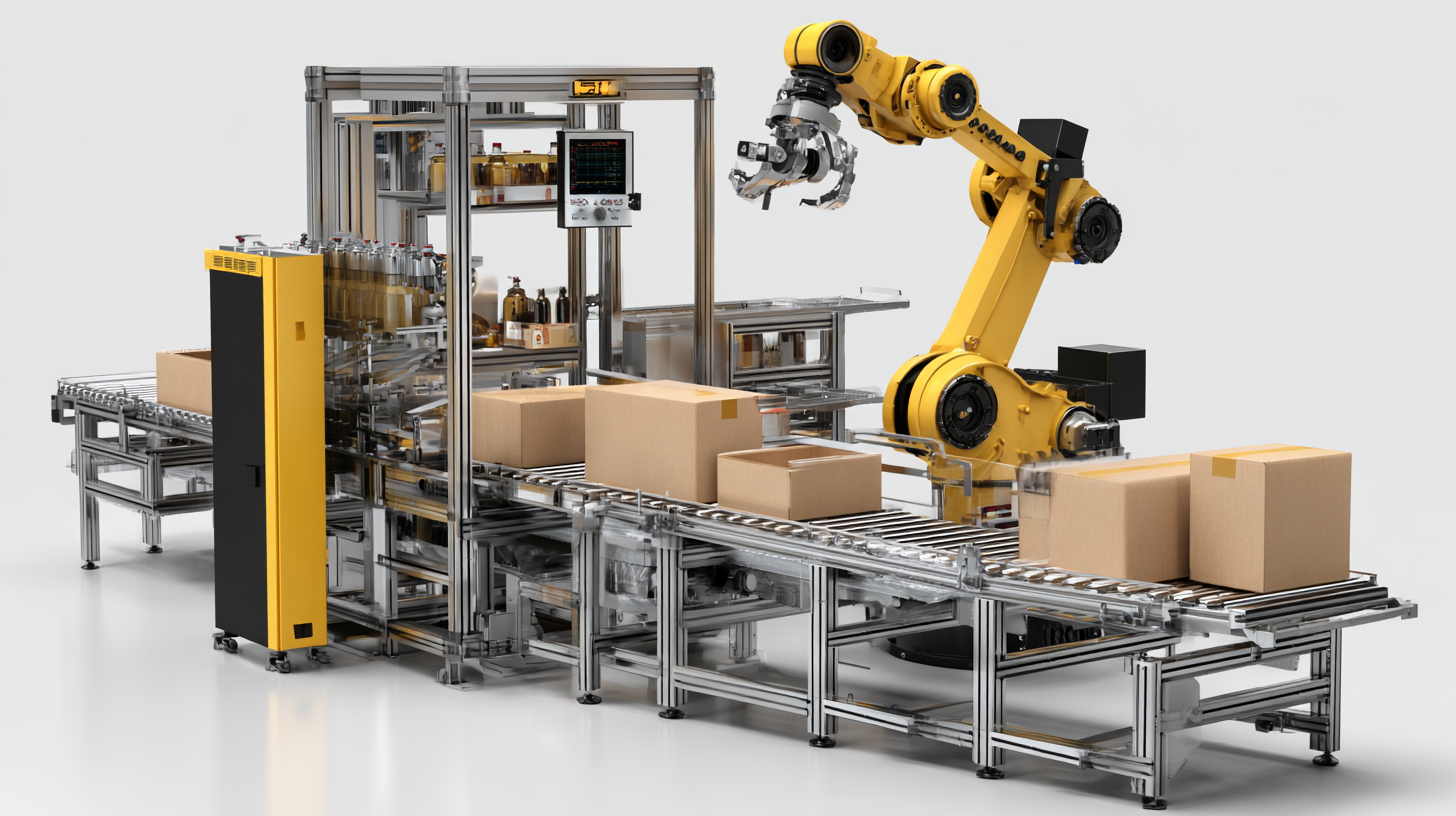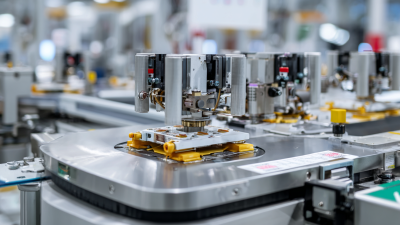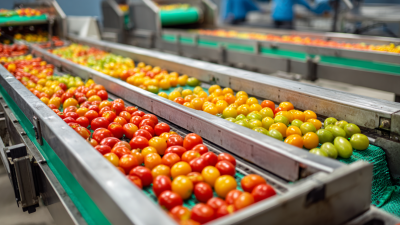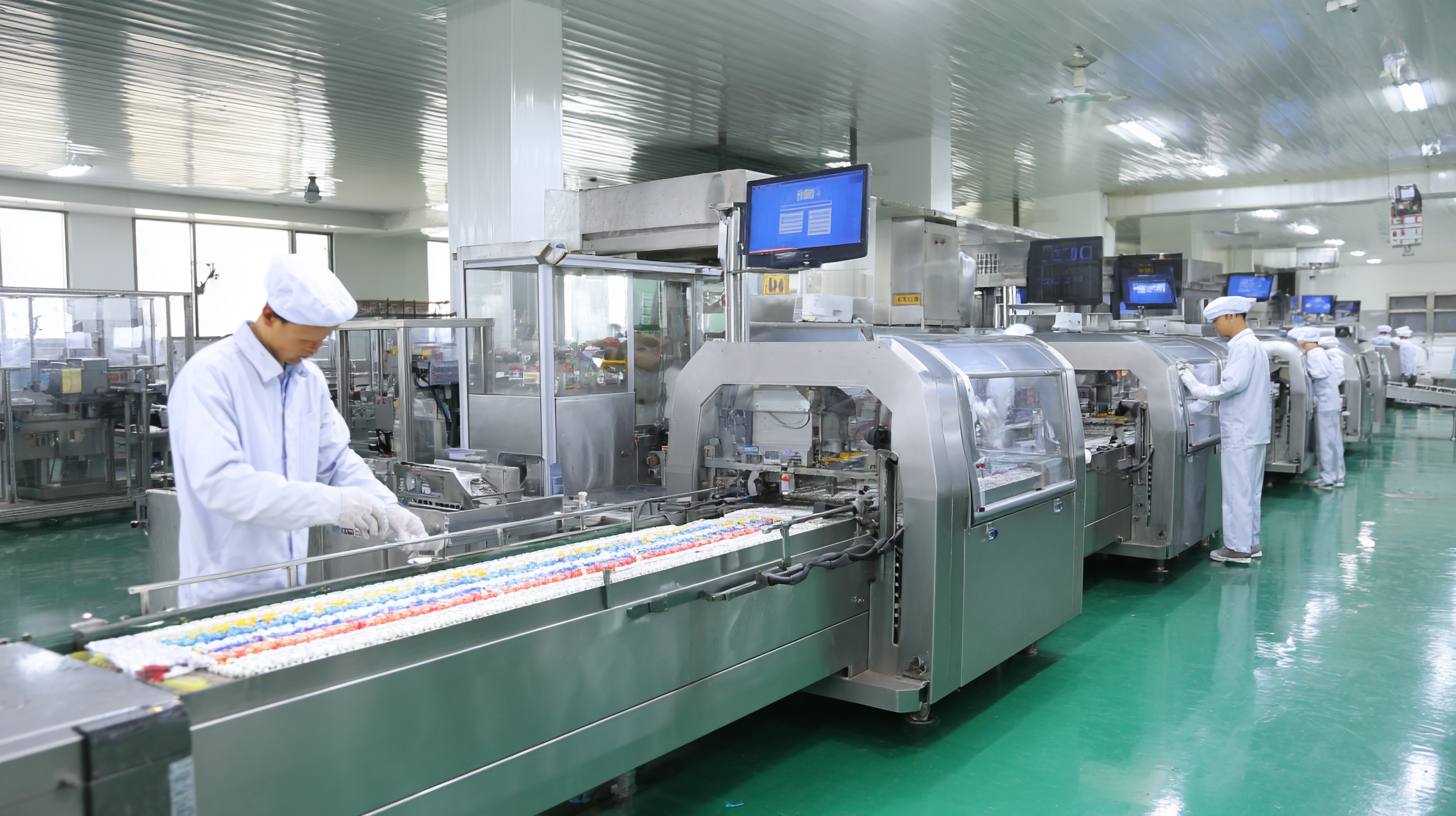 In the increasingly competitive landscape of the manufacturing industry, ensuring product safety and quality has become paramount. The integration of Metal Detector Checkweighers has emerged as a critical component in achieving these goals. According to a recent report by MarketsandMarkets, the global market for checkweighers is projected to reach $1.2 billion by 2025, driven by the need for enhanced quality control and regulatory compliance. These advanced systems not only prevent contaminants from entering the production process but also optimize weight accuracy to meet packaging standards. As food safety regulations tighten and consumer awareness grows, the importance of effectively integrating Metal Detector Checkweighers into production lines cannot be overstated. This integration not only enhances product integrity but also increases operational efficiency, making it a vital investment for manufacturers aiming to uphold high quality while minimizing risks.
In the increasingly competitive landscape of the manufacturing industry, ensuring product safety and quality has become paramount. The integration of Metal Detector Checkweighers has emerged as a critical component in achieving these goals. According to a recent report by MarketsandMarkets, the global market for checkweighers is projected to reach $1.2 billion by 2025, driven by the need for enhanced quality control and regulatory compliance. These advanced systems not only prevent contaminants from entering the production process but also optimize weight accuracy to meet packaging standards. As food safety regulations tighten and consumer awareness grows, the importance of effectively integrating Metal Detector Checkweighers into production lines cannot be overstated. This integration not only enhances product integrity but also increases operational efficiency, making it a vital investment for manufacturers aiming to uphold high quality while minimizing risks.
Integrating metal detector checkweighers into a production line requires a strategic approach that focuses on several key stages. The first critical stage is the assessment of the current production process. By analyzing workflow and identifying points of potential contamination and weight variation, manufacturers can determine where the metal detector checkweigher should be placed for maximum effectiveness. This stage involves collaboration among production, quality assurance, and maintenance teams to ensure that the integration aligns with operational goals.
The second stage involves the selection and installation of appropriate equipment. It is essential to choose a checkweigher that offers compatibility with existing machinery while providing precision and reliability. During installation, careful attention must be paid to the positioning and calibration of the equipment to minimize false positives and ensure accurate weight measurements. The final stage entails training staff on the operation and maintenance of the system, emphasizing the importance of regular monitoring and routine calibration to uphold product quality and safety standards. Proper training fosters a culture of compliance and vigilance, ensuring that the integrated system operates seamlessly within the production line.
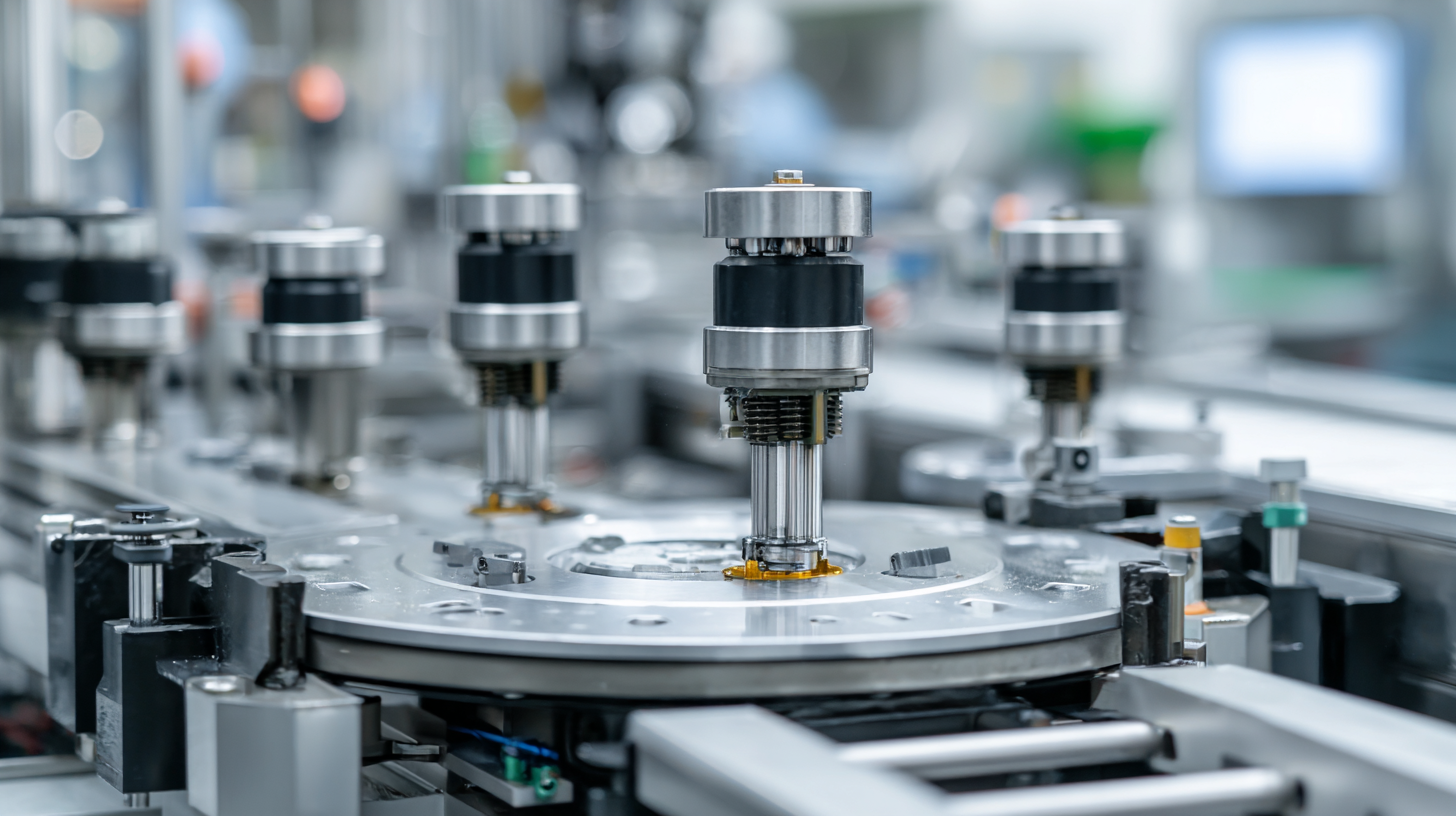
Selecting the right equipment for your production needs is crucial, especially when integrating technology like metal detector checkweighers into your production line. These devices not only enhance product safety by detecting unwanted contaminants but also ensure that the products meet weight specifications, thus improving overall quality control. When choosing these systems, consider your specific production demands, including the type of products being processed, the speed of your line, and the level of integration required with existing machinery.
Flexibility in equipment selection is paramount to keeping up with evolving consumer preferences in the prepared foods market. Manufacturers should consider solutions that allow for easy adjustments to accommodate various product sizes and specifications. Additionally, investing in advanced technology that can adapt to dynamic production environments can lead to significant improvements in efficiency and productivity. By carefully evaluating these factors, businesses can optimize their operations and better meet the challenges of their industry.
This chart illustrates the impact of integrating metal detector checkweighers in a production line on overall efficiency. The data shows a significant increase in production efficiency from 75% before integration to 90% after integration.
Designing an efficient workflow around metal detectors in production lines is crucial for maintaining product quality and safety. According to a report by the European Hygienic Engineering and Design Group (EHEDG), the integration of metal detectors can reduce the risk of contamination by up to 90%, which not only protects consumers but also helps companies comply with stringent industry regulations. An effective workflow streamlines the detection process, minimizing the time products spend within detection zones while maximizing accuracy.
Tips: Ensure that metal detectors are strategically placed at critical points in the production line, such as before packaging. This allows for early detection of contaminants, thereby reducing the risk of product recalls. Additionally, regularly scheduled maintenance and calibration of metal detectors can enhance their reliability. According to a study by the Food and Drug Administration (FDA), companies that implement routine checks can experience a 50% decrease in malfunction incidents.
Designing an efficient workflow also involves training staff on the importance of metal detection. According to a survey from the Food Industry Association (FIA), organizations that invest in employee training programs report a 40% increase in detection accuracy. This investment not only fosters a culture of safety but also empowers employees to identify and address potential issues proactively.
| Workflow Step | Description | Key Considerations | Expected Outcome |
|---|---|---|---|
| Product Infeed | Initial placement of products onto conveyor. | Ensure space for machinery, alignment with existing systems. | Smooth transport to checkweigher. |
| Metal Detection | Products pass through metal detector. | Calibration for sensitivity, regular maintenance. | Identification of metallic contaminants. |
| Weighing | Checkweighing of each product. | Set weight thresholds, check calibration regularly. | Ensure product compliance with weights. |
| Rejection Mechanism | Immediate rejection of contaminated or out-of-weight products. | Effective sorting systems, timely maintenance. | Prevent contaminated or incorrect products from reaching the customer. |
| Data Logging | Recording detection and measurement data. | Integration with software systems for real-time monitoring. | Track performance and compliance metrics. |
| Quality Control | Review of logs and an audit of rejected products. | Regular audits and adjustments based on findings. | Continuous improvement of processes. |
Implementing staff training is crucial for the successful operation of metal detector checkweighers in production lines. According to a report by the Food and Drug Administration (FDA), approximately 15% of product recalls in the food industry are attributed to foreign objects, emphasizing the need for stringent quality control measures.
Training staff not only enhances their understanding of the technology behind metal detection and weight checking but also ensures they can react appropriately when a potential issue is identified.
Training programs should cover the technical aspects of the equipment, standard operating procedures, and the importance of compliance with industry regulations. The International Organization for Standardization (ISO) indicates that companies investing in effective employee training see a 25% increase in production efficiency. Moreover, a well-informed workforce can significantly reduce downtime caused by operator errors, which accounts for nearly 30% of machine downtime in manufacturing settings. Therefore, providing staff with comprehensive training not only safeguards product quality but also boosts overall productivity, making it a vital component in the integration of metal detector checkweighers.
To ensure optimal performance of metal detector checkweighers in a production line, regular monitoring and maintenance are essential. According to a report by the Food and Drug Administration (FDA), nearly 30% of product recalls in the food industry stem from equipment failure. By implementing a comprehensive maintenance schedule, manufacturers can significantly reduce the likelihood of such failures, ensuring that their checkweighers function effectively to detect contaminants and maintain product quality.
Routine checks should include calibration of the metal detectors, which is crucial for their accuracy. The International Organization for Standardization (ISO) recommends performing these calibrations at least quarterly to maintain compliance and operational efficiency. Additionally, monitoring the wear and tear on checkweigher components can prevent unexpected breakdowns. A recent industry study found that companies that adopted proactive maintenance strategies saw a 25% increase in throughput and a 15% reduction in operating costs. By harnessing these insights, production lines can enhance their reliability, maximize performance, and safeguard product integrity.
